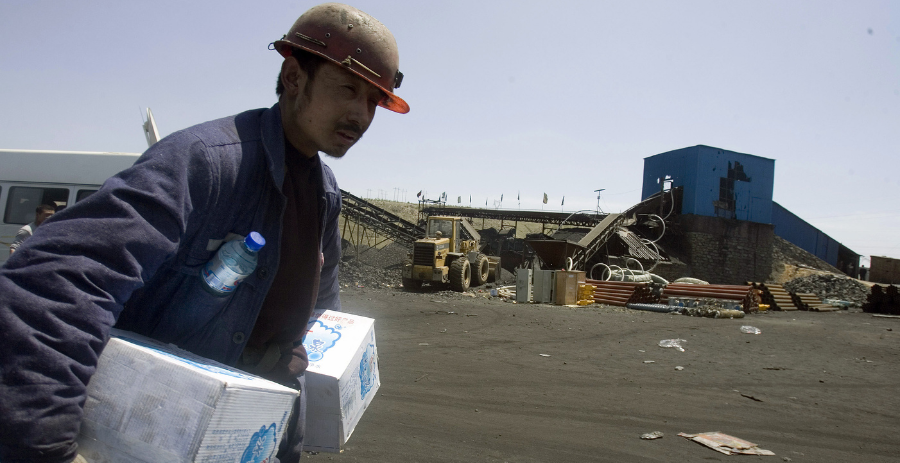Business
China’s Mineral Monopoly: A New Weapon in Global Power Struggles

For over a decade, discussions in Washington have centered around the need to lessen America’s dependence on Chinese mineral supplies. Both Presidents Trump and Biden have classified the United States’ mineral vulnerability, alongside China’s overwhelming dominance, as an urgent crisis that requires immediate action.
Recent developments indicate that China’s control over global mineral supply chains is intensifying, while the U.S. finds itself increasingly reliant on these critical materials. This situation is pressing enough to warrant attention as an election issue, especially as China seems to challenge candidates Trump and Harris to address this looming threat.
In August, Beijing implemented export restrictions on antimony, a mineral crucial for various applications, including semiconductors, batteries, and munitions. The fact that over 300 types of military munitions rely on antimony underscores China’s strategic positioning: “Your defense industrial base runs through us.”
This latest action is not an isolated incident; China has used similar tactics in the past year, enacting export controls on gallium, germanium, and various rare earth metals. Each confrontation between the U.S. and China over trade practices, particularly intellectual property theft or tariffs, has seen China retaliate through the mineral supply channel. The underlying message remains clear: “Exert too much pressure, and we may cut off your essential mineral supplies.”
China has effectively positioned itself as a dominant force in the mineral sector, reminiscent of a one-nation OPEC. The mineral security challenges currently faced may surpass the historical anxieties of the 1970s Arab oil embargo. For the first time, a predominant geopolitical rival has such extensive control over critical resources integral to the U.S. economy and national defense.
China’s strategy to seize control of mineral supply chains highlights a stark contrast with the United States’ lack of a coherent approach to domestic mining. An adversarial stance toward local mineral extraction, combined with the decision to offload critical industrial components, has resulted in negative consequences for U.S. security and economic stability.
As demand for minerals continues to rise, a multifaceted strategy is essential to mitigate the threat posed by China. Partnerships with allied nations, technological innovation, and mineral recycling efforts must complement a robust increase in domestic mining operations and resource processing.
Though significant steps have been made to restore mineral supply chains in the U.S., including financial support for producers and tariffs against unfair Chinese competition, systemic challenges persist. A considerable bottleneck arises from the U.S.’s cumbersome mine permitting process and poor inter-agency coordination regulating mining activities.
A recent study revealed that the U.S. takes an average of 29 years to transition from mineral discovery to production; this is reportedly the second slowest timelines globally, trailing only Zambia. This inefficiency is untenable.
To harness domestic resource potential and turn it into production, a commitment to streamline responsible mine permitting is crucial. Without this, any incentives or support aimed at revitalizing mineral production will lack tangible opportunities for implementation. Effective minerals policy must align with efforts to expedite mine approvals.
To tackle China’s mineral extortion and establish secure supply chains, the U.S. requires a unified, strategic minerals policy. It’s essential that voters understand how presidential candidates propose to confront this pressing issue.
Rich Nolan is President and CEO of the National Mining Association.


















